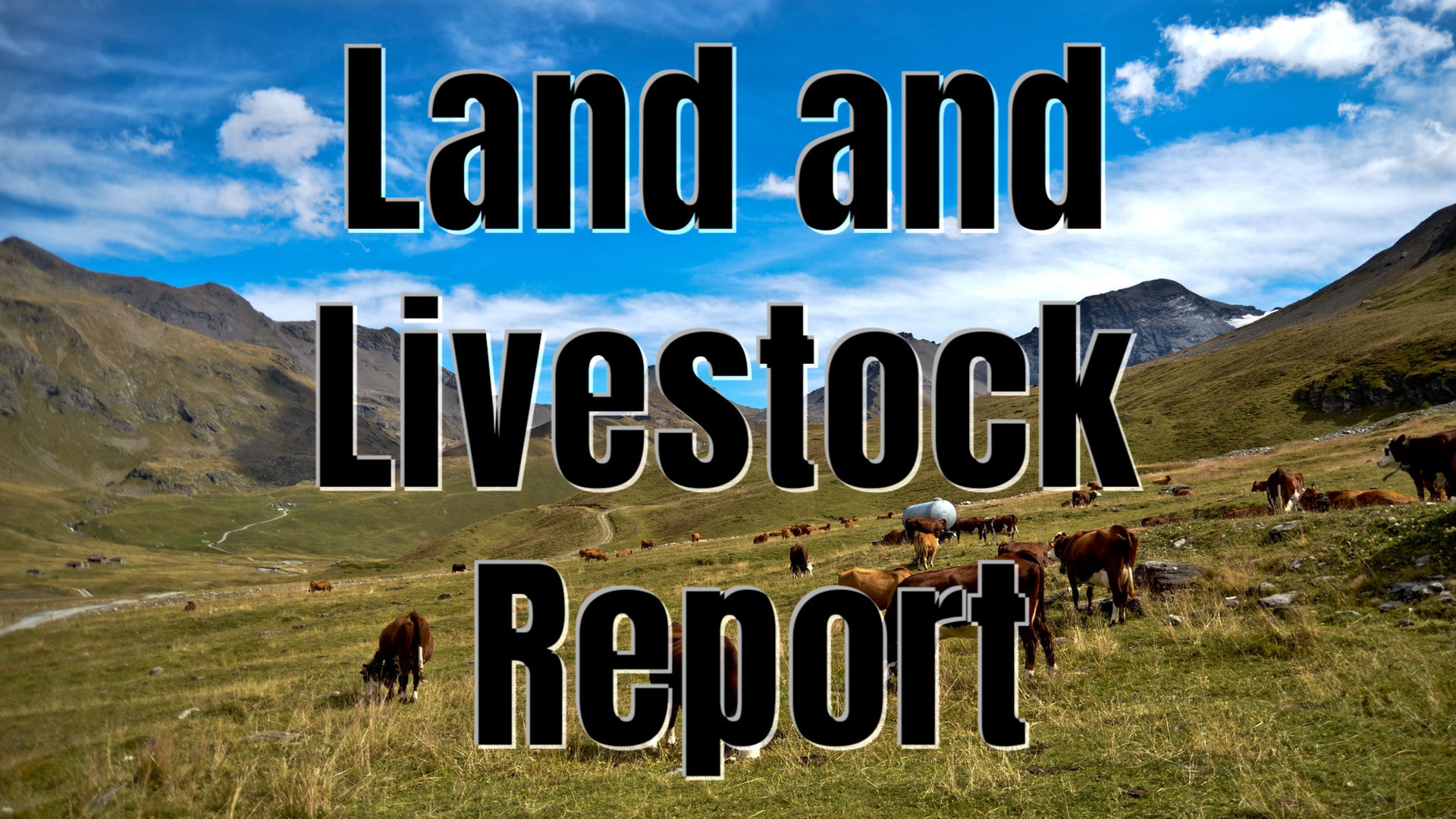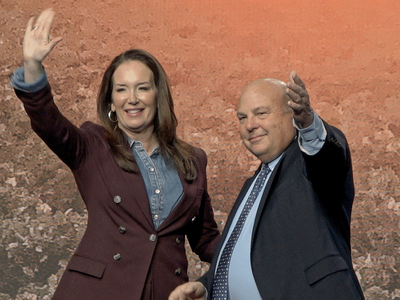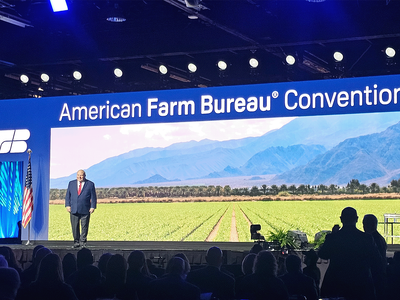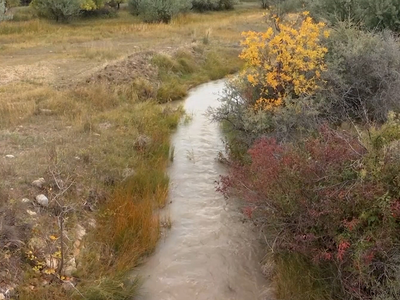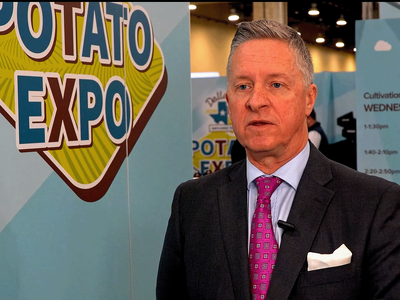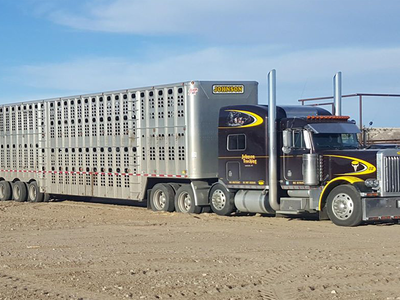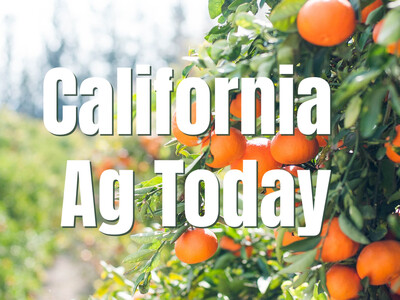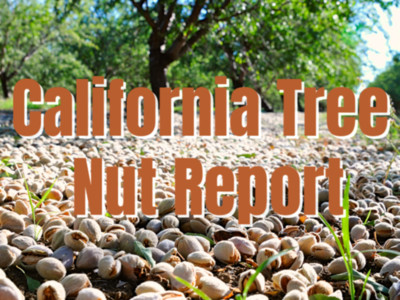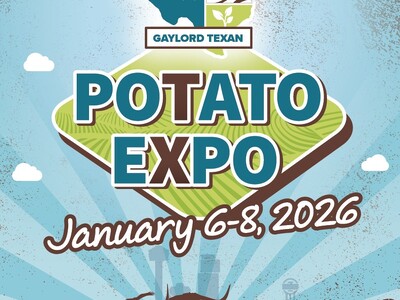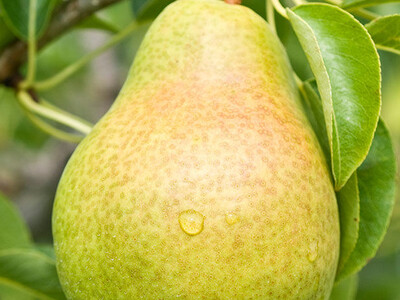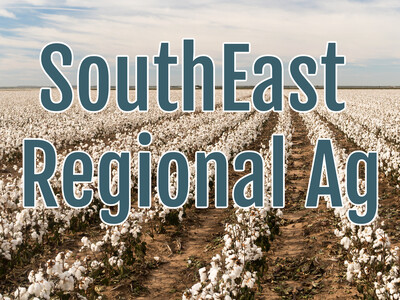CattleFax Previews 2019 Market
During the first half of 2019, the United States will see a shift away from El Niño conditions as equatorial ocean currents begin to cool into the summer, Art Douglas, Ph. D., professor emeritus at Creighton University, told the audience during the popular 2019 CattleFax Outlook Seminar today. The session, held as part of the 2019 Cattle Industry Convention and NCBA Trade Show in New Orleans, La., saw a capacity crowd as cattlemen and women gathered to hear expert market and weather analysis.Douglas explained the developing trend will turn the eastern third of the United States drier, as the jet stream pushes moisture from the Gulf of Mexico across the southern tier of the nation. "After a cooler February, the United States will mostly enjoy a relatively mild spring with a reduced threat of delayed planting," said Douglas. He pointed out that summer weather will be dependent on how quickly El Niño conditions fade.
"La Niña conditions are unlikely in the next eight months as the equatorial current shows only slow cooling," said Douglas. "The residual warmth along the equator will lead to a wetter summer in the southern half of the U.S., while warm waters off the coast of Mexico will favor an active monsoon season in the Southwest."
Turning to the market outlook, CattleFax analyst Kevin Good said he expects prices will remain strong, with demand and the economy expected to remain solid.
"We've been on one heck of a good run for a few years and I expect that to continue into 2019," said Good. "However, we expect to see margins begin to compress and leverage to shift from the cow-calf and stocker sectors to the feeder as we expand the supply of cattle."
He said price risk remains over the next few years in response to the last five years of expansion. The beef cowherd expansion cycle is believed to be within 1-2 years of being complete.
"Cattle producers, on average, will receive a smaller percentage of the retail beef dollar as larger cattle supplies increase price pressure across all segments of the industry," said Good. "Retail beef prices will likely see some inflation in 2019, but larger beef, pork and poultry production will be price limiting."
However, domestic demand remains robust and higher wages and job growth are supportive of prices. CattleFax projects the all-fresh retail beef price to average $5.73/lb., up $.06 from year ago levels, while the composite cutout will rise $4 to average $216/hundredweight (cwt.) during 2019.
Going forward into 2020, economists see the potential for an economic slowdown, Good noted. "This may slow the benefits of recently strong consumer incomes and spending," he said.
Fed cattle prices are expected to be steady during 2019, averaging $117/cwt., with market resistance at the $130-level and downside risk to $100/cwt. at the low end of the trading range, according to Good. He said a larger supply of cattle outside of feedyards coupled with limited profitability in the feeding sector will hinder demand and pressure feeder cattle prices. CattleFax projects 750 lb. steer prices will range from $130-$160/cwt., with an average at $147/cwt. for the year ahead.
"The relatively strong calf market we saw in 2018 will be under pressure this year," said Good. "However, values in the spring should have the potential to reach the mid-$180s. On the other hand, a larger calf crop and softer demand have the potential to erode prices to the $140-level next fall, so there is certainly more price risk in feeder cattle and calves than in the fed cattle markets in 2019."
Feed and grain prices are expected to remain stable during the year ahead, with corn acreage increasing an expected 2 million acres to total 91 million acres and soybeans declining 2.2 million acres to 87 million and wheat gaining 1 million acres to total 49 million.
"Corn is expected to trade in a range of $3.60 to $4.10 per bushel during the first half of the year," said CattleFax analyst Mike Murphy, who also pointed out that hay acreage isn't expected to change significantly from 2018, but better winter precipitation across much of the United States should help provide a strong start to the 2019 hay crop.
Good explained that cull cow prices will have additional downside risk during the year ahead. "Years of expansion and poor operating margins in the dairy sector are generating more cull cows, which weighs on the markets," he told the audience. "The additional supply and the limited packing capacity for non-fed cattle will result in a market which averages approximately $55/cwt. during 2019, with a spring high near $60/cwt. and a fall low in the lower $40s."
CattleFax analysts said the global trade outlook is currently supportive for the U.S. beef industry, with strong demand in many overseas markets. However, they note that trade disruptions could have significant impacts on the market outlook. Ratification of the pending U.S./Mexico/Canada (USMCA) agreement will be crucial to markets this spring. Likewise, the possibility of a bilateral trade agreement with Japan could create a positive upside to the market this year.
CattleFax CEO Randy Blach closed the session with a reminder about the importance of international markets to the beef industry.
"Long-term, the profitability of our industry is tied to trade," he said. "We must have open markets and science-based trade standards for our products if we're going to continue the run of profitability we've experienced in recent years."


